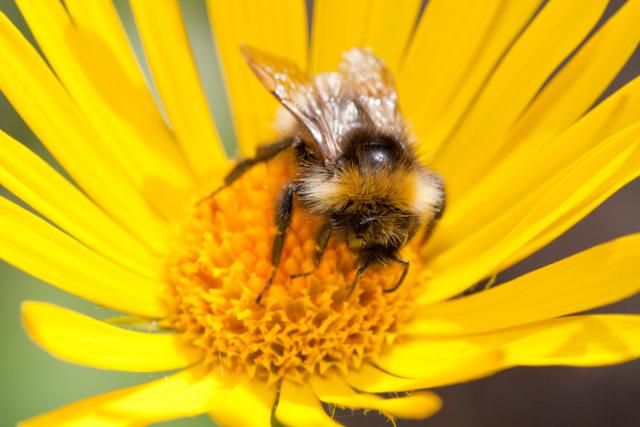
How to bee friendly
There are more than 250 bee species in the UK, including many different solitary bees which live alone, to bumblebees that live in nests, and honeybees that live in hives managed by beekeepers.
Bees, like many insects, are important pollinators as they play a critical role in pollinating trees and flowers and maintaining healthy ecosystems, which are essential for our food production. Pollinators such as bees are worth a staggering £690 million per annum to the UK economy, and more than three-quarters of the world’s food crops are in part dependent on them. Yet populations of wild bees (bees that live in the wild, not honeybees) are declining.
Here in the UK, habitat loss and fragmentation, combined with climate change and pesticide use, are having huge impacts on bee populations. In East Anglia, 17 species have gone regionally extinct, and many others are at risk. Local biodiversity is being negatively affected by the changing climate, and bees are being badly hit.
So here are some tips on how to 'bee friendly' to help bees and encourage populations to thrive in the UK once more:
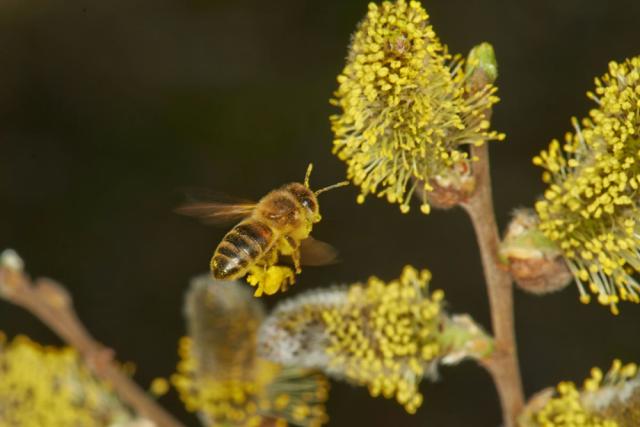
1. Grow your bee friendly garden (or outside space)
Plant a range of native flowers in your garden, or in pots on a balcony or other space, so that bees have access to nectar and pollen from March to October. You can use the winter season to plan a garden full of plants with different size and shaped flowers that bees can forage throughout the year. The more variety, the larger number of bees you can feed. Many bees love traditional cottage garden flowers and native wildflowers, like primrose, lavender, buddleia, and marigolds. Bees love large drifts of the same flowers as they can save energy from travelling. And they look spectacular as well!
For more advice, take a look at the Bumblebee Conservation Trust’s guide to gardening.
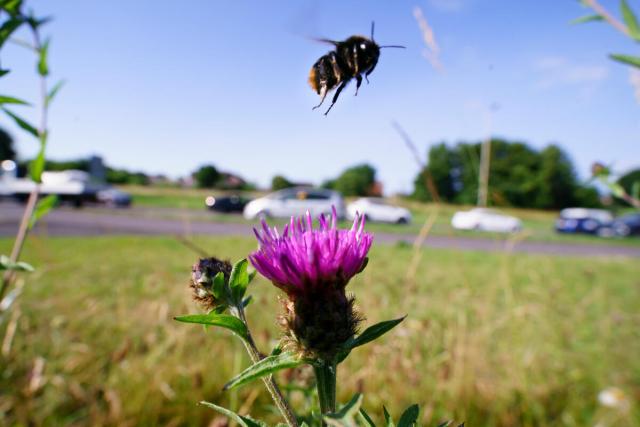
2. Let it bee
If you have space, leave a section of the garden untended – some bees nest in the ground, in clumps of grass, or feed on flowers low to the ground like daisies and can be disturbed or killed by lawnmowers. Traditional flowers like dandelions, which many call weeds, are important sources of food for bees, so let some grow to help biodiversity.
Other bees make nests in rotting wood, old bird boxes, compost heaps, brickwork, and under hedgerows so leaving some quiet spaces, or checking before you move or disturb things around the garden, will help protect bees.
Another top tip for the garden is to provide a danger-free water source. Bees need water, especially in hot weather, but there is a big risk of drowning when you’re so small. Putting pebbles or stones on the edge of a pond, or in a bird bath, will give them a small platform to stand on safely while they drink from the water. It will also help them find their way out if they fall in.
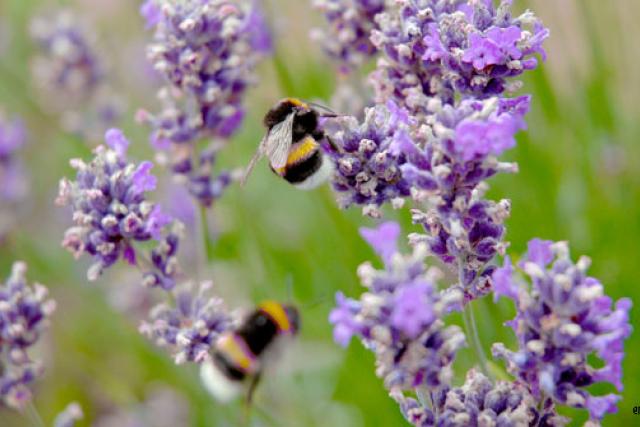
3. Get to know bees in the UK
Did you know there are over 200 species of solitary bee in the UK? Get to know the bees in your garden and in the green spaces around you by downloading our bee identification chart - see how many you can spot! Learning more about bees, including their lifecycle, where they live and what they eat, can help you understand how to look after them and create spaces for them in your garden or outside space.
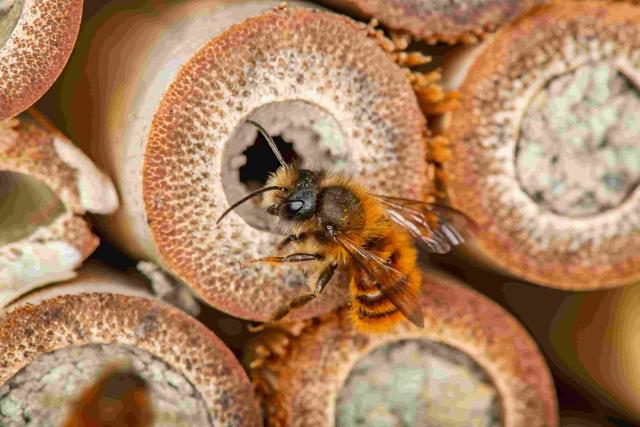
4. Take part
We know that many species or bee are in declining, but it requires a lot of resources to track and monitor them. Insects fly around, nest underground or inside wood, and sometimes travel long distances, making them a challenge to keep tabs on. You can help build a picture of what species can be found where by taking part in citizen science. Citizen science is where members of the public help scientific organisations by taking pictures and recording what they’ve seen and where. Check out volunteering schemes such as the Bumblebee Conservation Trust’s BeeWalk scheme, UK Pollinator Monitoring Scheme (PoMS), or Bee, Wasp and Ants Recording Scheme (BWARS), to record bees in your garden or local park.
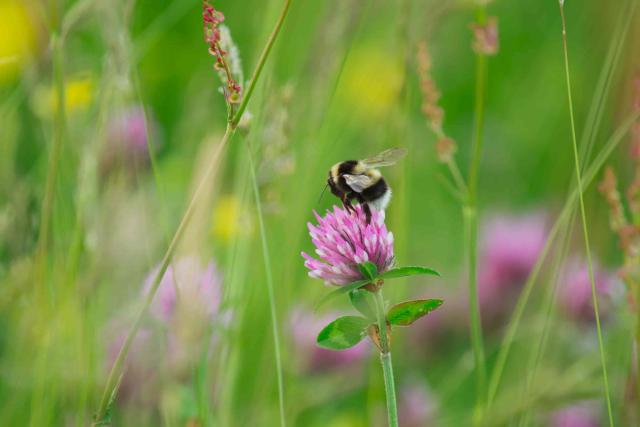
5. Step away from the spray
Finally, stay away from weedkillers and pesticides, even the ones that claim to be “bee friendly” as these can still be harmful. These chemicals harm bees by poisoning them and impacting their breathing, and by interfering with their fertility and brain functions, causing them to become confused meaning they may put themselves in danger, may not be able to forage, or stop bringing food back to their nests.
Reconsider what a weed or pest means to you. For example dandelions are a great source of food for bees and other insects, and look beautiful. You can also eat their leaves (provided you haven’t been spraying them with weedkiller!). If you need to remove something, do it by hand as much as possible, or use a natural solution like vinegar mixed with water and gently apply to the root. By creating a vibrant garden, or outdoor space, that’s full of a diversity of plants, you attract a variety of insects and birds, and over time this will keep pests naturally under control.
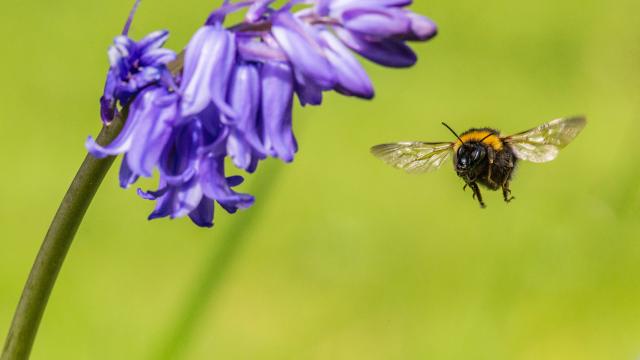
 Bees feel the sting of climate change in east England
Bees feel the sting of climate change in east England
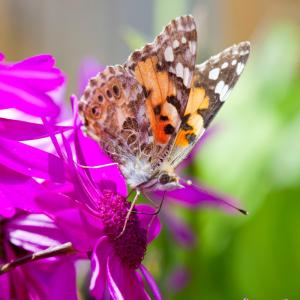 WWF Garden Safaris with the Seek by iNaturalist app
WWF Garden Safaris with the Seek by iNaturalist app
 5 threats to UK wildlife
5 threats to UK wildlife
 7 species we rarely see now
7 species we rarely see now